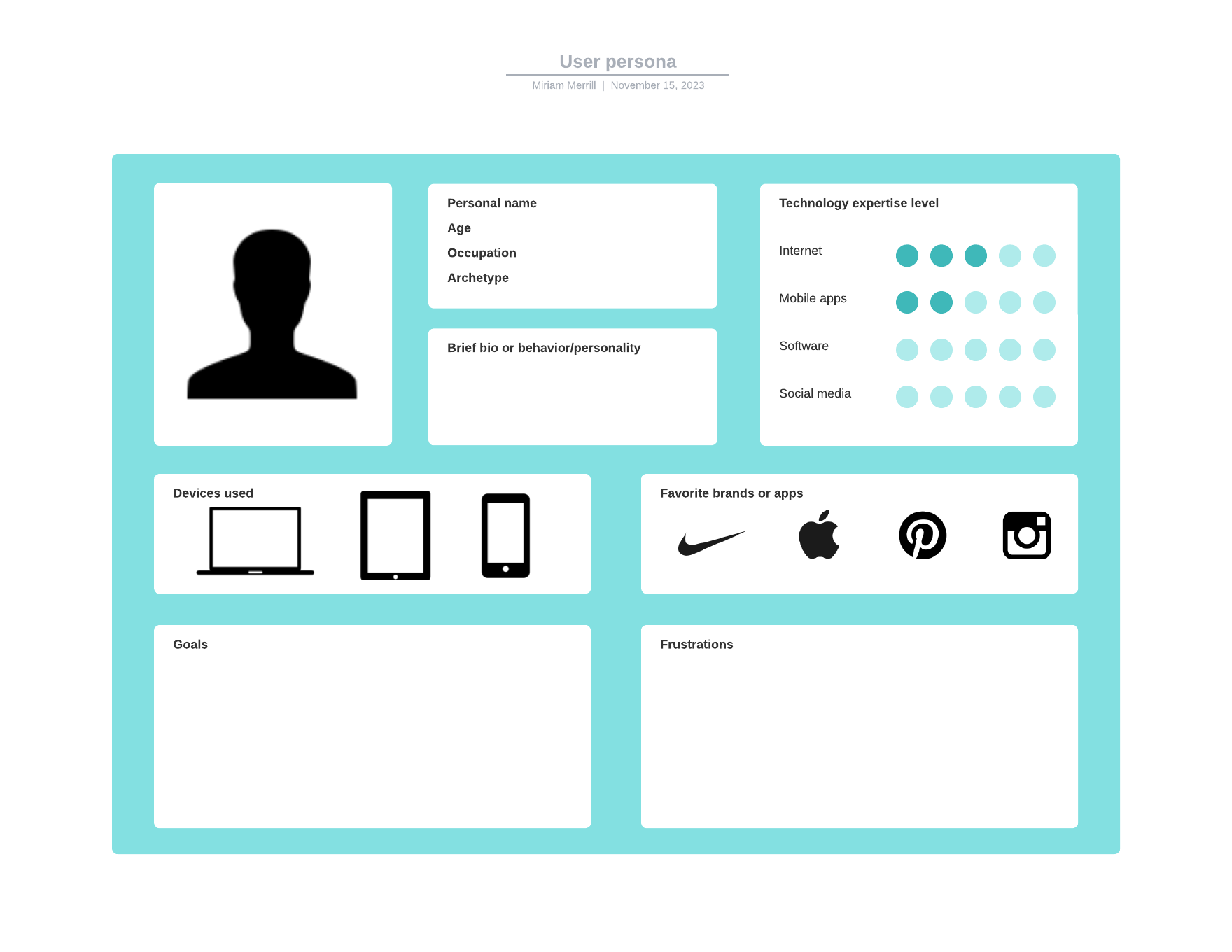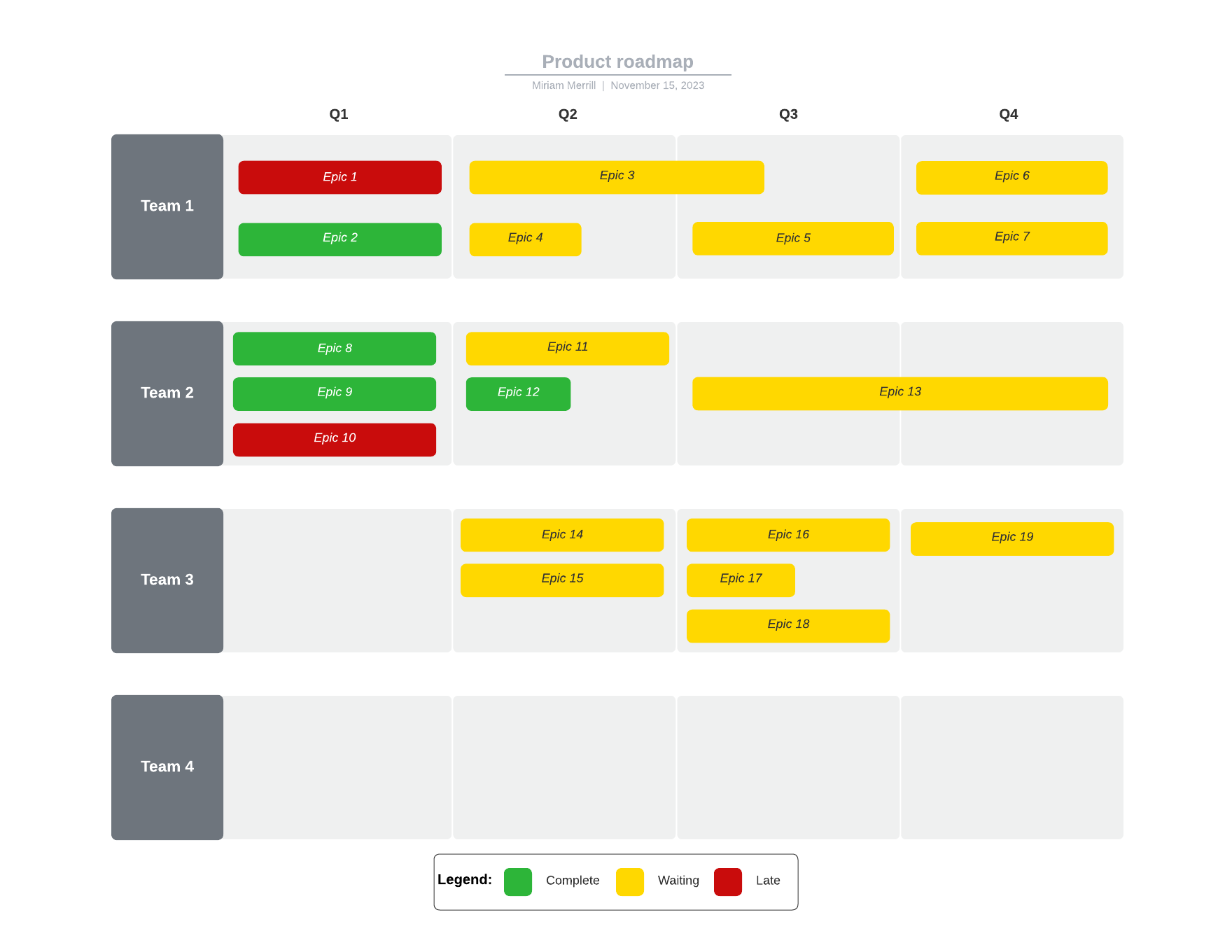Things we take for granted in our everyday lives started as someone’s crazy idea at one point—and their very first product iterations were likely rough but essential. After all, if someone explained the concept of a cellphone before you’d ever heard of one, it would be easy to dismiss. But if you could hold and experience the product, you’d likely be thrilled.
That’s one reason MVPs, or minimum viable products, are so important. In the Agile methodology, an MVP holds significant importance due to several key benefits that align with the Agile principles and development practices. With an MVP, you can get early feedback and validation from users, reduce development costs, speed up iteration, reduce risks, and get to market faster.
What is a minimum viable product?
An MVP is the most basic version of a product that is developed with the minimum necessary features to satisfy early customers and validate a product idea with the least amount of effort and resources. It is a starting point for product development, allowing teams to test the product hypothesis, gather user feedback, and make informed decisions about future iterations.
The MVP typically includes core features that address the primary needs of the target audience while excluding non-essential or advanced features that can be added in subsequent versions. A minimum viable product is a way of developing something that costs the least effort but results in the maximum amount of learning. It should also align with the company’s objectives and the team’s overall preferred outcome.
How to create and test the MVP
Creating and testing an MVP involves a systematic approach to product development and validation. Below are the key steps that can guide you through the process:
Start with user personas
These fictional representations of your ideal customers are based on actual data about user demographics, behaviors, and preferences. They help you understand the needs, goals, and challenges specific to your customers, guiding product development and marketing strategies. By creating user personas, you can tailor your MVP to meet the specific requirements of your target audience.

Identify the core problem or need
Clearly define the problem your product aims to solve or the need it intends to fulfill. Understand your target audience and their pain points to ensure that your MVP addresses a specific and significant problem.

Create a product plan
This comprehensive document outlining the strategic vision and objectives for a specific product throughout its lifecycle serves as a roadmap that details the product's features, functionalities, and development timeline. With a product plan, your product development team will have a clear direction.

Additionally, a product plan typically includes market analysis, competitor research, a detailed description of the target audience, and a comprehensive strategy for product launch and ongoing product management.
Define the core features
Determine the essential features necessary to address the identified problem or need. Focus on building only the features that are crucial for the basic functionality of the product, keeping it simple and user-friendly.
Develop a prototype
Create a simple prototype or a basic product version that includes the core features identified in the previous step. The prototype should be functional enough to provide a tangible representation of the product's key value proposition.

Ready to build a prototype? Lucidchart can help.
See howConduct user testing
Gather feedback from a select group of target users or potential customers representing your target audience. Let them interact with the MVP prototype and gather their insights, opinions, and suggestions. Analyze their feedback to understand how well the MVP addresses their needs and whether it provides a satisfactory solution to their problems.
Iterate based on feedback
Use the feedback received from user testing to make necessary adjustments and improvements to the MVP. Prioritize the feedback based on the most critical issues and integrate the suggested changes into the product. Continuously iterate and refine the MVP based on the input to enhance its usability, functionality, and overall user experience.
Measure key metrics
Define key performance indicators (KPIs) that align with the goals of the MVP. Track and measure these metrics to evaluate the performance and effectiveness of the MVP in addressing the target problem or need. Use the metrics to assess the impact of the MVP on user engagement, satisfaction, and overall product success.
Plan for the next iteration
Based on the results of user testing and the insights gathered from the metrics, plan for the next iteration of the product. Determine which additional features or improvements should be included in the subsequent versions of the product, considering the feedback and data collected during the MVP testing phase.
How to use MVPs for successful product developments
An MVP can play an integral part in your product strategy so you can ensure that what you’re creating serves your customers’ needs. Developing an MVP allows you to allocate your resources more efficiently by focusing on the core features essential to the product's functionality and value proposition.
Then, once you’ve got a working product, you can introduce it to the market and iterate intelligently. This iterative approach to development ensures that the final product meets user expectations and market demands, leading to increased customer satisfaction and retention.
In-text CTA: Explore all the ways Lucid can augment the product development process. Go now
Launching your product
Introducing your MVP to the market means something else: A product launch. And product launches are fun. They typically involve a series of coordinated activities aimed at creating awareness, generating interest, and driving sales for whatever you’re introducing to the market. Think launch events such as press conferences, product demonstrations, or parties to create excitement and showcase the product to key stakeholders, media, and potential customers.
You’ll also likely need strategic planning, marketing campaigns, public relations efforts, and distribution strategies to ensure that the product gains traction and captures the attention of the target audience.
It’s during a product launch that you get to be creative with how you introduce your product to the market. You can give your product a personality and play around with marketing efforts. This is important because if your marketing flops with your initial MVP, you can pivot before spending years developing a long-term marketing strategy.
Implementing a comprehensive marketing plan will probably include advertising, public relations, social media campaigns, and other promotional activities that generate buzz and create awareness about the product. At this point, you can get very creative, and nothing is off the table: Think of everything from billboards to stickers to out-of-the-box grassroots efforts.

Looking for tips on creating a stellar product launch plan?
Read moreBut first, you need that MVP. It enables early market validation, allowing businesses to test their product ideas and gather valuable user feedback. It reduces risk (which means wasting less time, effort, and money on a product if it turns out no one wants it) and allows you to iterate with purpose so you can maximize your chances for success.

Get the latest advice on agile development, innovation, product documentation, and more.
Check it outAbout Lucidchart
Lucidchart, a cloud-based intelligent diagramming application, is a core component of Lucid Software's Visual Collaboration Suite. This intuitive, cloud-based solution empowers teams to collaborate in real-time to build flowcharts, mockups, UML diagrams, customer journey maps, and more. Lucidchart propels teams forward to build the future faster. Lucid is proud to serve top businesses around the world, including customers such as Google, GE, and NBC Universal, and 99% of the Fortune 500. Lucid partners with industry leaders, including Google, Atlassian, and Microsoft. Since its founding, Lucid has received numerous awards for its products, business, and workplace culture. For more information, visit lucidchart.com.
Related articles
Why incorporate Agile testing into your production process
In Agile testing, a dedicated team of QA specialists test and check for issues throughout the process, not just at the end. Learn more about Agile testing, including benefits, key principles, and testing methods.
Product differentiation: How to position yourself in the market
If you're running a business in today's crowded market, how do you make your products stand out? Through product differentiation. Discover what product differentiation is, why it's important, what types there are, and how to develop a strategy around it.
Why you need a business analyst on your product development team
In this article, we go over why a business analyst (BA) should be an essential member of any product or software development team. Learn how a good BA can help you harness and tame your company data to better connect with your customers.
What to Include in a New Product Launch Checklist [+Example to Get You Started]
Learn what to include within your new product launch checklist. Especially as you work with cross-functional teams, this tool can help you create a repeatable product launch process and reduce the probability of error.

